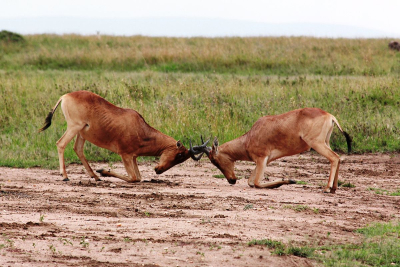
In the animal kingdom, you will see that there are animals and insects with scales or shells. These help the animals protect themselves from predators. Animals both on land as well as in sea can have scales or shells. Let us take a look at some such animals.
GILA MONSTER
The Gila monster is a tough, heavily bodied lizard whose body is covered with beadlike scales called osteoderms. The scales cover all of its body except the belly. The lizard is known for its strong and venomous bite. When it bites its prey, the lizard doesn’t loosen its grip for several seconds and this allows the venom to flow into its prey. These lizards live in desert and semi-desert areas and are large-bodied, with short, fat tails.
PANGOLIN
Solitary, nocturnal creatures, pangolins are known for their body covered in an armour of scales. These scales help in protection. When threatened, the pangolin will use its front legs to cover its head and expose its scales. It can roll itself into a ball when it is touched. Pangolins are called scaly anteaters because of their diet which includes ants, termites, and larvae. They have no teeth and use their tongues to gather food. They live on the ground while some can climb trees. As many as eight species are found, with a distribution of four species each in Asia and Africa.
SEA URCHINS
Sea urchins are spiny marine invertebrate animals. These sea animals live in tidal areas and the deep ocean and are seen on the seafloor. They are noted for their round-shaped spiked shell called “test”. They move across the ocean floor using their tube feet, which are small anatomical features seen on their undersides. The spines stretch out of the test and are used to move when they come across obstacles such as rocks. The largest urchin is the Sperostoma giganteum and is seen in Japan. As many as 950 species of sea urchins exist.
ARMADILLO
Armadillo is Spanish for “little armoured one”. The name refers to the bony, armour-like plates that the animal has. The set of plates covering the animal’s body is called the carapace. An animal found in the tropical and subtropical regions of Central and South America, the armadillo lives in open areas such as grasslands while some live in forests. In all, over 20 species of armadillo exist. Did you know that two species of armadillo are able to roll up completely into a ball? The animal uses this technique to protect itself.
DIABOLICAL IRONCLAD BEETLES
With an extremely tough outer shell that justifies their name, the diabolical ironclad beetles are considered to withstand a lot of pressure and are almost unbreakable. The outer wing case of these beetles are called elytra. They inhabit the woodlands of western North America. They live under tree bark and cannot fly. Their elytra is fused together tightly and from a shield. When compression tests were carried out by scientists to test how much force the shield could withstand without cracking, it was found that force up to 149 newtons could be withstood by their shields.
LONGHORN COWFISH
The Longhorn cowfish is known for its uniquely shaped body. Its cubical body is encased in a protective hard shell called carapace and is made up of hard, bony plates. It is a solitary species and is found among seagrasses, reefs, harbours, estuaries, and so on. Its tiny fins and tail jut out from its shell. It received its name from the pair of horns that project from its eyes.
Picture Credit : Google



